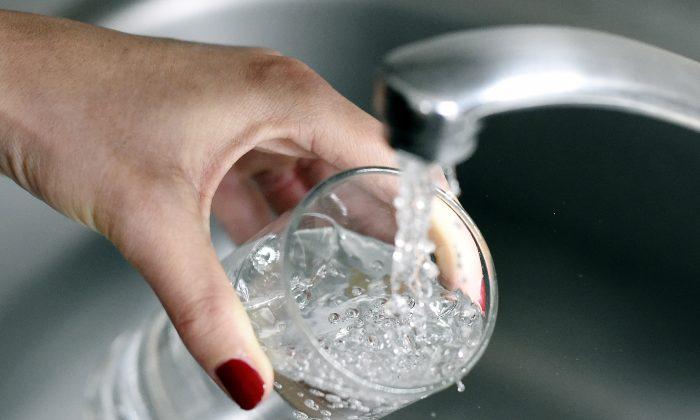Federal health authorities announced Monday that they would lower the recommended levels of fluoride that can be added to drinking water, since people already get enough fluoride in their toothpaste, mouthwash, and other common products.
For the first time in over 50 years, federal recommended guidelines will be lowered, from 1.2 parts per million to 0.7 parts per million.
Many major cities in the country add fluoride to their drinking water supply, as the mineral has been shown to prevent tooth decay.
About three-quarters of all Americans drink fluoridated water.
But the practice has become a controversy, due to concerns about fluoride’s potential long-term health effects.
A 2010 national survey found that American children aged 12 to 15 in the period between 1999 and 2004 had a higher chance of getting dental fluorosis—the appearance of white spots or brown stains on one’s teeth due to excessive exposure to fluoride—than children in the same age range from 1986 to 1987.
The higher likelihood among children born after 1980 coincides with the time period when more cities began to add fluoride to drinking water and fluoride was commonly found in consumer products like toothpaste, according to a Centers for Disease Control and Prevention (CDC) survey.
Some anti-fluoride advocates are concerned about the link between fluoridated water and cancer. A 1990 study found that rats fed with water high in fluoride had a higher chance of developing bone tumors. But other studies on humans and other animals have not shown this correlation, according to the National Cancer Institute, the federal agency for cancer research.
Others are distressed about the source of fluoride used in drinking water: most fluoride additives are made from phosphorite rock, which is mainly used in manufacturing phosphate fertilizer, according to the CDC. After phosphorite is processed, the released gases can be condensed to produce fluorosilicic acid, a water-based solution that many cities add to their drinking water.
The pro- versus anti-fluoride debate caused a stir as recently as 2013, when Portland, Oregon, residents had to vote on whether to add fluoride to their drinking water supply. Although many favored fluoride as a preventive dental health measure, voters ultimately rejected the plan to add fluoride, with 60 percent voting no. It was the fourth time Portlanders refused to fluoridate their water, since the proposal was first brought up in 1956, according to local newspaper The Oregonian.
Grand Rapids, Michigan, was the world’s first city to add fluoride to its drinking water, in 1945.
The Associated Press contributed to this report.







Friends Read Free